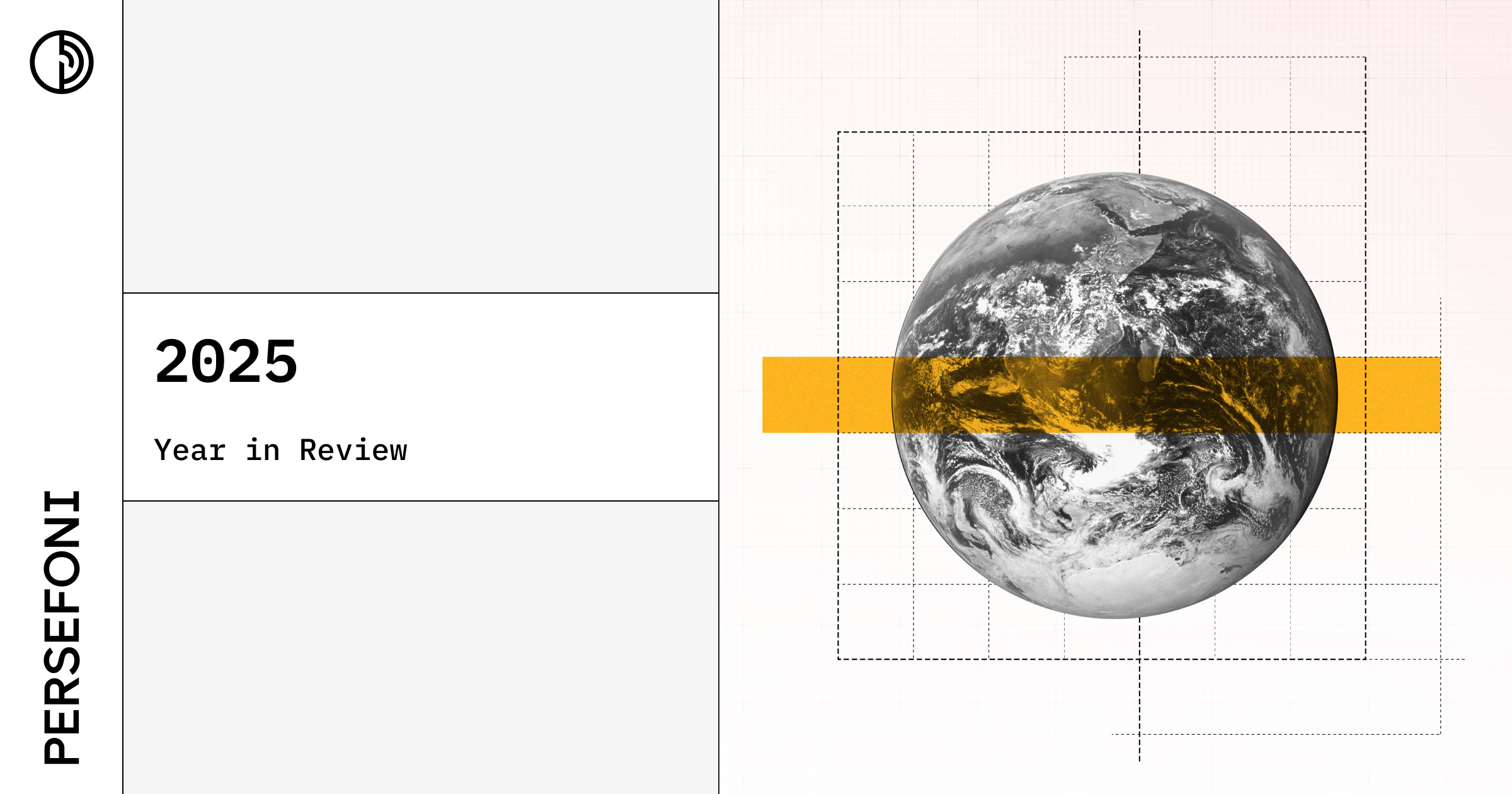On July 9, 2025, on SB 261, reinforcing expectations that companies must prepare and publish their first climate-related financial risk report by January 1, 2026.
At the same time, CARB emphasized a critical point: companies are not expected to be perfect in their first disclosure. Instead, CARB will evaluate whether companies made a good faith effort to comply with the law.
Below, we break down what this means for companies and how to prepare.
The January 1, 2026 Deadline Stands
CARB confirmed that all companies subject to SB 261 must file their climate risk disclosure by January 1, 2026. There will be no extensions, and reports must be publicly available.
To promote transparency, CARB will launch a public docket on December 1, 2025. Companies will be required to post the location (URL) of their report on this docket. The docket will remain open until July 1, 2026.
Takeaway: Your report, and your compliance, will be on public record.
CARB Will Consider “Good Faith” Compliance
CARB acknowledged that climate risk reporting is new for many companies. As a result, it does not expect first-year reports to be flawless.
Instead, CARB will take into account whether your company made a sincere and thorough attempt to comply with SB 261. This includes how early and seriously you approached the reporting process.
In enforcing SB 261 and assessing penalties for non-compliance, CARB will take into account whether the company took good faith measures to comply with the law, and when those measures were taken.
To hear more about the intent behind SB 261 and what companies can expect, read our conversation with Senator Henry Stern, co-author of the law.
What Does “Good Faith” Look Like?
According to SB 261, companies must use their best efforts to assess and disclose climate-related financial risks. This includes:
- Identifying material risks related to physical and transition climate impacts
- Aligning disclosures with globally accepted frameworks, like the Taskforce on Climate-related Financial Disclosures (TCFD)
- Ensuring disclosures are specific, complete, and decision-useful
- Using consistent standards of materiality applied in other financial filings
Reports may be based on fiscal year 2023–2024 or 2024–2025 data, depending on what’s reasonable for the organization’s reporting timeline.
How to Prepare Now
With less than six months to go, here’s how companies should move forward:
1. Confirm Applicability
Ensure your company meets the SB 261 criteria:
- U.S. entity
- Annual revenues of $500 million or more
- Doing business in California
2. Mobilize Your Team
Legal, sustainability, finance, and risk leaders should coordinate early to align on reporting responsibilities.
3. Start the Work, and Document It
Gather data, define your approach, and begin drafting your disclosure. Just as important: document your methodology. Clear records will help demonstrate good faith.
4. Align with the TCFD
The TCFD framework offers a recognized and reliable structure for climate risk disclosures and is explicitly referenced in the law.
5. Prepare for Public Scrutiny
Once your report is posted and listed on CARB’s public docket, it will be accessible to regulators, investors, customers, and the public.
Final Thoughts
SB 261 represents a significant step forward in climate transparency. This is your chance to get ahead, not just for compliance, but to show leadership. Stakeholders are watching. Regulators are watching. But perfection isn’t required. Action is.?
Start early, be transparent, and show your work. That’s what good faith looks like.
If your team is navigating what SB 261 means in practice, we’re helping companies prepare for climate risk disclosures with solutions tailored to the law’s requirements. Learn more about our SB 261 approach or get in touch to see how we can support your compliance efforts.






